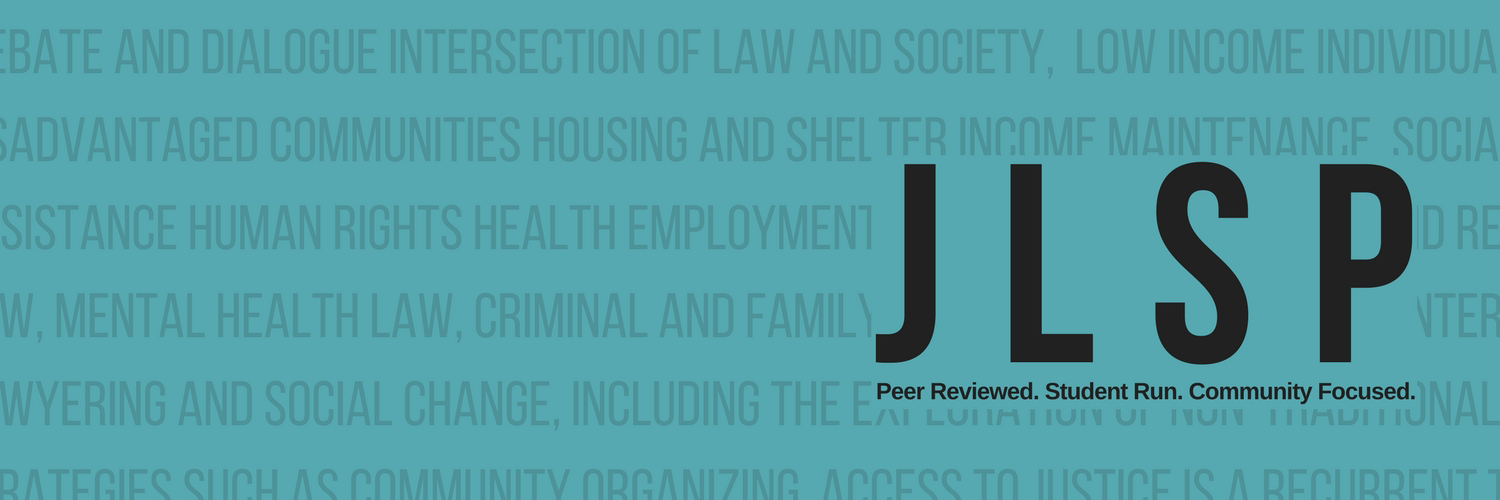
Document Type
Article
English Abstract
The purpose of this article is to compare the different regulatory approaches taken by Finland and the Netherlands in response to the pressures of European Union law, unlicensed gambling, and the harmful effects which can arise from gambling. The two Member States represent two different models of gambling regulation. According to Kingma, the models refer to different attitudes and concerns towards gambling in different timeframes. We argue that Finland fits the “alibi model” of gambling regulation, whereas the Netherlands aligns with the “risk model”. Both countries have decided to restrict the cross-border movement of gambling services, even though Finland has opted for a monopoly system and the Netherlands is heading towards a licensing system. We employ the “Multiple Streams Approach” to explain why Finland and the Netherlands have taken different political and legislative paths in the regulation of gambling services. For several years, Finnish gambling policy has focused on channeling demand towards domestic online gambling sites, which have been represented as more secure than foreign online gambling sites. The Netherlands seeks to channel 80 percent of demand to locally licensed online operators. Both Finland and the Netherlands seek the same objective: to protect consumers from the excesses of gambling in part by reducing the presence of unlicensed operators in their respective national markets.
French Abstract
L’objectif de cet article est de comparer les différentes approches à la réglementation adoptées par la Finlande et les Pays-Bas face aux pressions exercées par le droit de l’Union européenne, le jeu non autorisé et les effets nocifs qui peuvent naître du jeu. Les deux pays membres utilisent deux modèles de réglementation du jeu différents: selon Kingma, les modèles renvoient à des attitudes et préoccupations distinctes suscitées par le jeu à des périodes différentes. Selon nous, en ce qui concerne la réglementation du jeu, la Finlande colle à un « modèle qui sert d’alibi », alors que les Pays-Bas adoptent un « modèle axé sur le risque ». Les deux pays ont décidé de restreindre le mouvement transfrontalier des services de jeu, même si la Finlande a opté pour un système de monopole et les Pays-Bas se dirigent vers un système d’octroi de permis. Nous adoptons l’approche à plusieurs volets (Multiple Streams Approach) pour expliquer les raisons pour lesquelles la Finlande et les Pays-Bas ont pris des avenues politiques et législatives différentes. Pendant de nombreuses années, les politiques finnoises relatives au jeu ont dirigé la demande vers les sites nationaux de jeu en ligne. Les Pays-Bas tentent plutôt de diriger 80 % de la demande vers les opérateurs en ligne locaux autorisés. Les deux pays membres poursuivent les mêmes objectifs, soit protéger les consommateurs du jeu compulsif en réduisant la présence des opérateurs non autorisés sur leurs marchés nationaux respectifs.
Citation Information
Littler, Alan and Järvinen-Tassopoulos, Johanna.
"Online Gambling, Regulation, and Risks: A Comparison of Gambling Policies in Finland and the Netherlands."
Journal of Law and Social Policy
30.
(2018): 100-126.
DOI: https://doi.org/10.60082/0829-3929.1324
https://digitalcommons.osgoode.yorku.ca/jlsp/vol30/iss1/6
